Moving from bi-annual to annual, being staged at the same time as Bio-Millesime, two hours drive away, and trying to make the show ‘less French’ were just some of the changes introduced this year at Vinisud.
Even before I arrived, I was getting the impression that this year’s Vinisud– which highlights the wines of the Mediterranean, the world’s largest, oldest and most diverse wine producing region – would be different from previous ones.
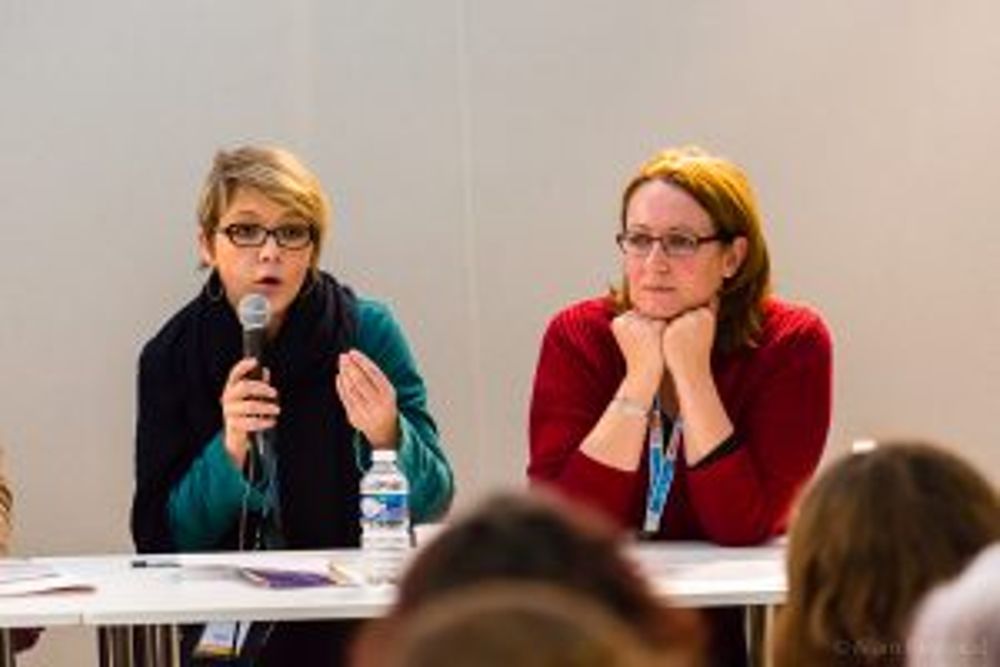
Pascale Ferranti (right) at the press conference
The official line is that Vinisud is seeking to move with the times, making itself rather less French and much more international, reflecting the demands of the thousands of buyers descending on the southern French city of Montpellier to attend.
“We’ve been working with Sud de France to bring more international European buyers and producers to the fair because we feel it is important to widen what’s on offer here so visitors can discover new countries with a Mediterranean identity,” Vinisud’s director Pascale Ferranti told The Buyer.
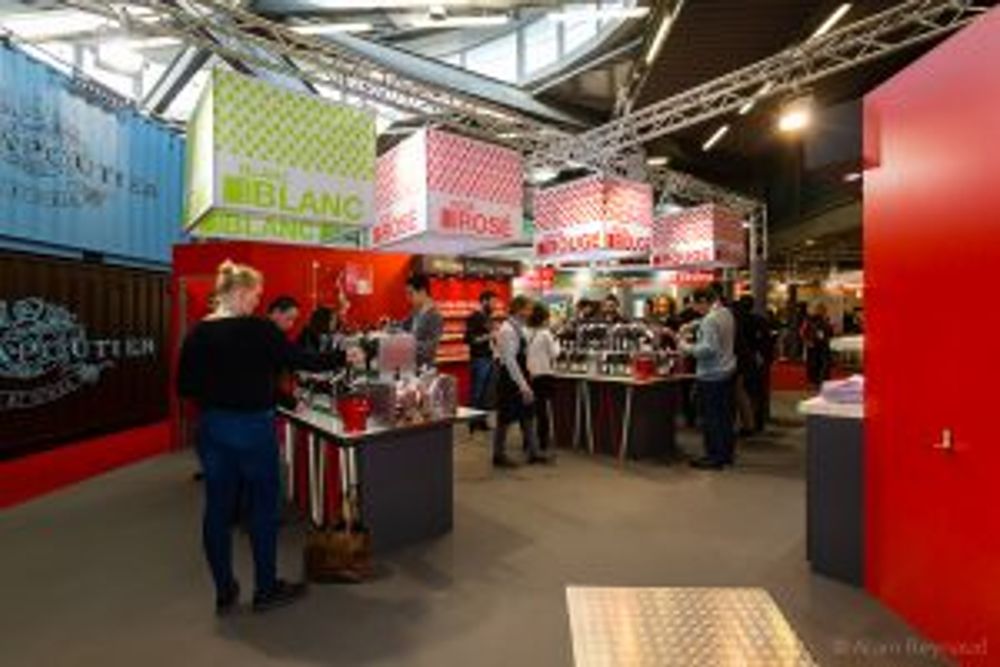
Sitting in a dining area within sight of the Rhône area of the fair – with the crates forming Maison Chapoutier‘s stand alone taking up a vast area – she pointed to the Wine Mosaic area, for me one of the most fascinating parts of Vinisud, highlighting rare grape varieties and lesser known producing regions and countries.
“Increasingly, buyers are requesting these less obvious wines and we need to respond. However we want to become more international without losing our French essence: small southern French producers – many making less than 20,000 litres a year – still feel this is their show, and their window to the world, and that remains important to us,” she says.

Ferranti is at pains to stress other innovations at Vinisud: for the first time, wine tourism had its own hall, there was a bubbly zone to highlight French cremants from across France, Italian prosecco and spumante and, of course, Spanish Cava, and a new area called Nouvelle Vague to highlight young winemakers who might not be famous today but as Ferranti puts it, “will be famous in the future.”
So how successful were the changes at this year’s Vinisud?
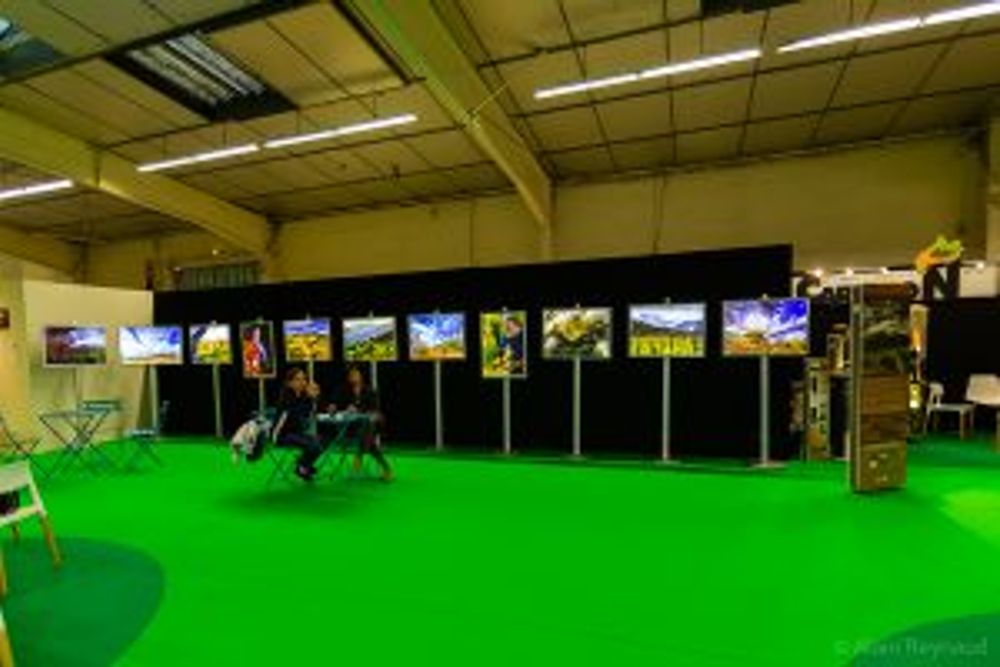
Numbers were down on last year
So how was it? Numbers – of exhibitors and also buyers too – were down on last year. But this probably reflects this year’s decision to make Vinisud an annual rather than bi-annual event – making it less ‘special’ – and hold it at the same time as Millésime-Bio, two hours away in Marseilles, which is where it knew would lose some would-be attendees, especially given southern France’s strong focus on organic wine.
And, despite pronouncements that Vinisud was seeking to become “less French” it remained very much the lingua franca everywhere, from information stands to masterclasses, even when most attendees hailed from other countries.
However, for most, these were distant concerns.
“Vinisud is really well organised compared to other wine shows I could mention, and there is a good mood,” says Noel Reid, chief wine buyer for Robinsons Brewery, attending with colleague Paul Robinson. “And it’s great being able to walk straight up to a stand and just taste rather than having to stand four people back in a queue.”
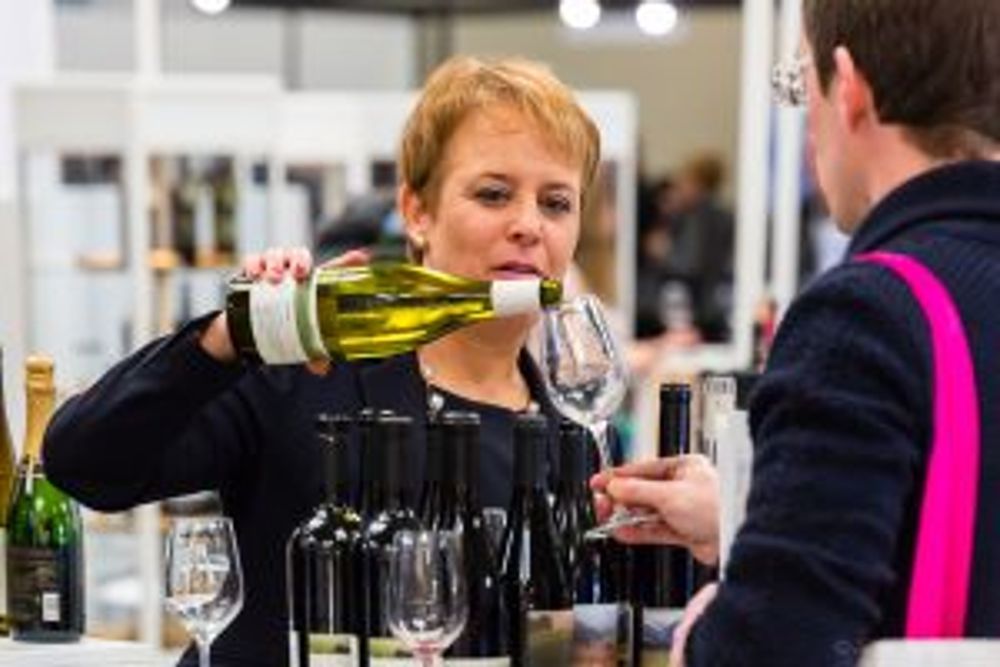
Seyit Karagozoglu, owner of Turkish wine producer Pasaeli, was also chipper.
“Sure Sunday was quiet, but I had strong interest from important buyers in Belgium, Canada and Finland, with the last two from these countries’ (respective) alcohol monopoly retailers. This could be really good news for us,” he says.
Despite Vinisud’s efforts, some of the non-French representation was fairly modest.
Italy and Spain seemed particularly underwhelming – despite the welcome presence of Vintae amongst the latter’s stands and Portugal was virtually non-existent, with most exhibitors small and not very well-known beyond their respective borders.
Vinisud was a great opportunity to catch up with wine from emerging regions
However, for those who, like me, gravitate towards emerging regions there was Algerian wine (still not great); Moroccan (likewise) and most intriguingly, a Paris-based importer specialising in wines from former Yugoslavia and the south Caucasus (interesting and getting better all the time).
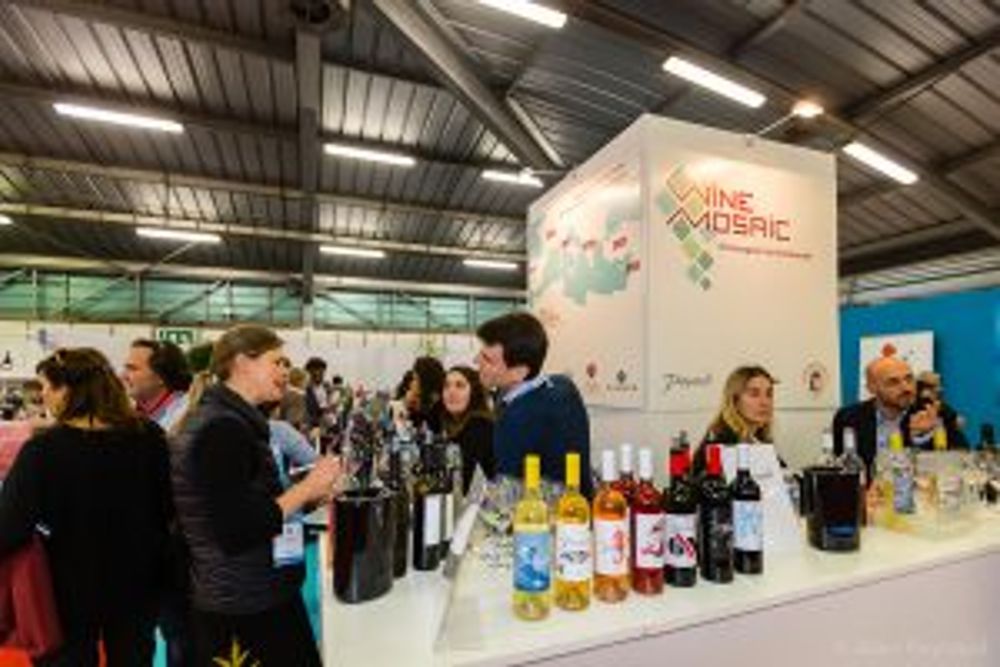
Amongst Les Robes de L’Est‘s offerings were an impressive, beautifully made, Pinot Noir like 2012 Kadarka from Tonkovic in Serbia; from Croatia a wine purporting to be made from exactly where Zinfandel/Primitivo originated, the Tribidrag 2013, a wonderfully moreish, fruit driven wine that on tasting seemed to support the winery’s assertion that theirs is the original Zin. From Vinogradi Nvic in Bosnia and Herzegovina, there were two delicious wines, the silky white Zilavka Selekcija 2015 and the full-on red, Trnjak 2013, both made from indigenous grapes that prove this once-tragic but still divided land is capable of delivering high quality wines well worth investigating.
Also present for the first time was Yarden, representing Israel’s Golan Heights and Galil Mountain wineries. Victor Schonefeld, chief winemaker at the former, admitted the reason was that Vinisud seemed more appealing than doing five days at Vinexpo.
“The focus on this being a Mediterranean fair makes it very appealing because these are the kinds of wine we make,” he says, pointing to his Alsace-style Gewurtztraminer and the Yarden ZT 2013, a delicious, full-bodied and fruit-driven blend of Portuguese varietals Touriga Nacional and Tinta Cao. His Yarden Cabernet Sauvignon 2013 was the most impressive of his wines, however, showing wonderful structure, smooth tannins and an ageing potential Schonefeld says could stretch to 20 years.
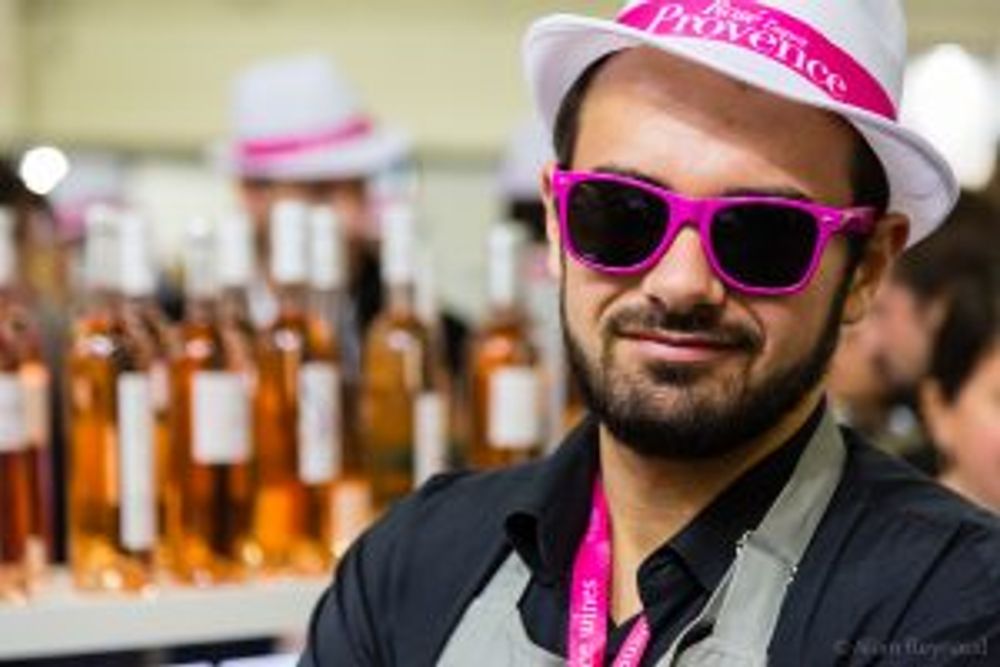
Buyers looking for French Mediterranean wine were spoiled for choice. The show area for Rhône wines was almost intimidatingly large, as was Provence, with the tasting area doing brisk business. The Languedoc-Rousillion stands seemed to go on for ever, as befits the world’s biggest wine region which last year actually got even bigger when it was officially joined to Midi-Pyrenees, creating the new Occitanie region. Tiny producers jostled alongside the big boys like Gerard Bertrand and Paul Mas, and buyers grazed and tasted, eager to pick up bargains – which given the low prevailing price level here, wouldn’t have been hard.
So how will Vinisud 2018 look?
If it follows the trends identified in the fascinating research put out last November by Wine Intelligence for the Adhesion Group, looking at production and exports trends within the Mediterranean region, it would look to attract more Italian and Spanish exhibitors – these two countries alone account for 73% of Mediterranean wine exports – and focus even more on Rosé (particularly Provence, which is a boom area) and on sparkling wines, which are the region’s biggest drivers of growth.
But that’s for next year.










































